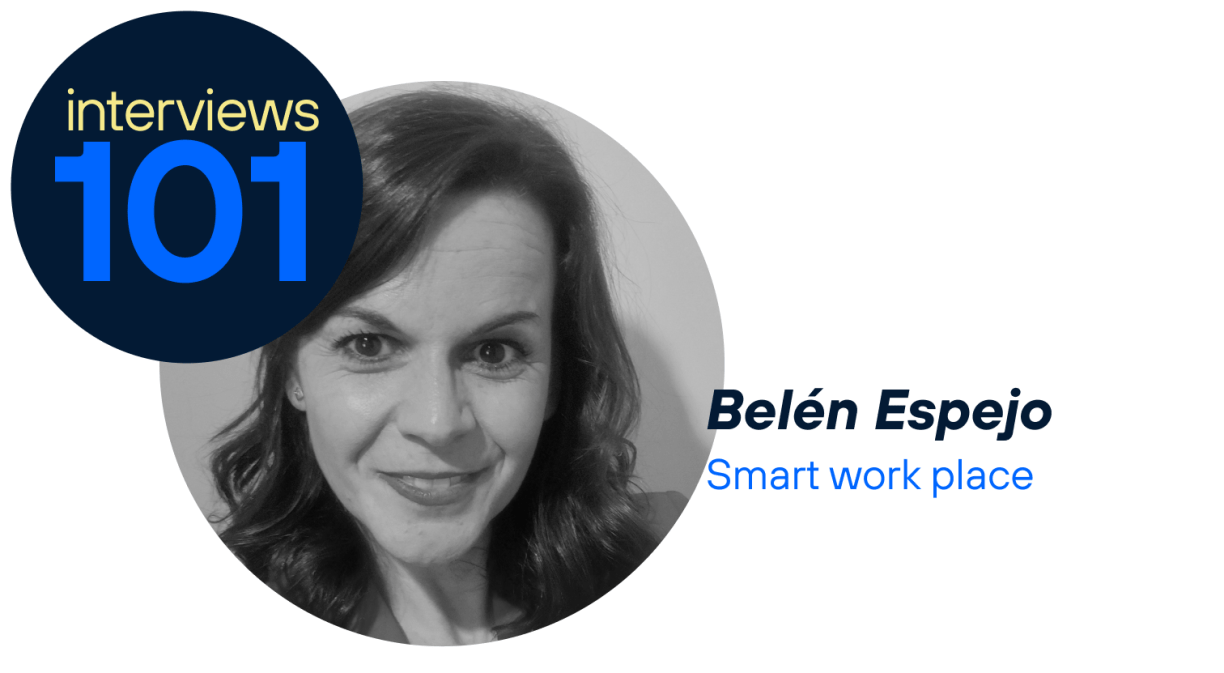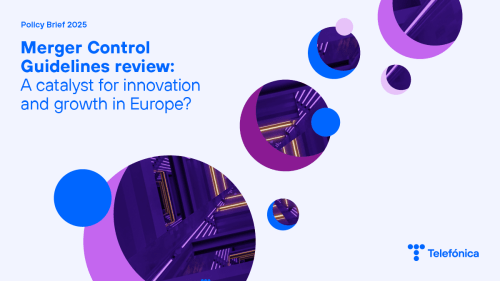Tell us a little about yourself. What does your job at Telefónica involve?
I am a telecommunications engineer and have been with Telefónica for over two decades, always involved in business development in the field of unified communications, voice and smart workstations.
I am passionate about it because it involves coordinating teams, working with many areas of the company, understanding customer needs and surprising them with proposals that exceed their expectations.
What I like most is precisely that: creating solutions that transform people’s daily lives.
I am fortunate to be surrounded by an extraordinary team, and together we share a common mission: to design more human, flexible and technological work experiences.
How would you define workplace solutions?
Telefónica’s Smart Workplace solutions are much more than technology: they are a living ecosystem, designed to accompany people wherever they work.
Our goal is for every employee to feel that their workplace ‘understands’ them, adapts to them and makes their life easier.
We are talking about a model that combines devices, connectivity, support and collaboration with technologies such as AI, automation and observability.
All this with a clear vision: to transform work into a fluid, efficient and human digital experience.
What does the application of services such as Smart Workplace mean for improving the employee experience?
It means a radical change. Smart Workplace provides autonomy, reduces interruptions and offers tools tailored to each person’s needs.
Thanks to generative AI and automation, many incidents are resolved autonomously, freeing up time for higher-value tasks.
The result is an environment where every employee feels supported and empowered, which has a direct impact on their well-being, productivity and commitment.
Is job satisfaction sufficiently taken into account in employee well-being?
Increasingly so. At Telefónica, we understand that technology and well-being must go hand in hand.
It is not just about offering digital tools, but about creating an environment that promotes emotional and physical health, encourages flexibility and allows each person to work at their own pace and in their own style.
Job satisfaction is not a luxury, it is a strategic factor in attracting and retaining talent.
What are the main characteristics of smart jobs?
I would say they are based on three pillars:
- Flexibility to work from anywhere, with security and quality.
- Simplicity, unifying tools and automating processes.
- Personalisation, thanks to AI and observability, which adapt the environment to each user.
In short, we are talking about a proactive, efficient and human workplace that anticipates problems and continuously improves.
What role do new technologies play in improving workplaces?
A fundamental role. New technologies — AI, automation, data analytics, integrated voice — are transforming the traditional workplace into a smart ecosystem.
Today, we can anticipate incidents, resolve requests in real time and offer personalised attention through virtual agents.
In addition, we measure the employee experience as a strategic KPI, which allows us to make data-driven decisions and continuously improve.
Thanks to generative AI, we are achieving unprecedented levels of efficiency: for example, among some customers, 50% of users already choose GenIA as their preferred service channel, with an NPS of 87%.
Which Telefónica employees would you nominate for this interview who you consider to be excellent at their job?
Marina Peinado and Helena Sierra.







